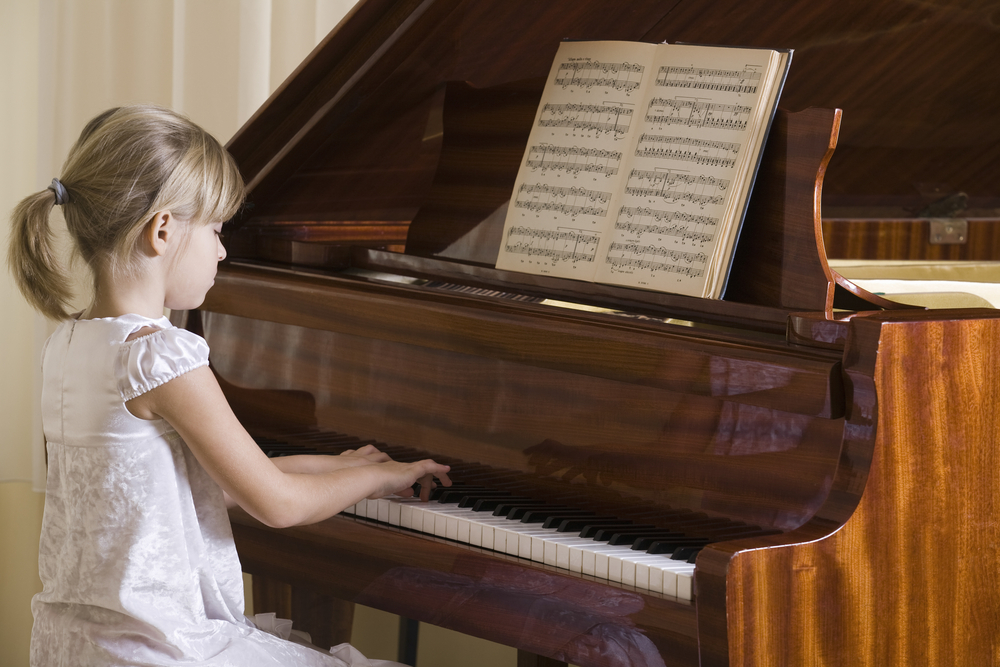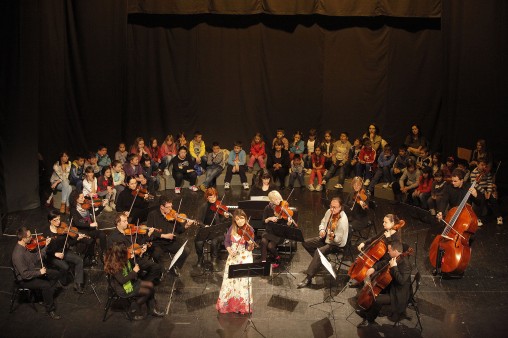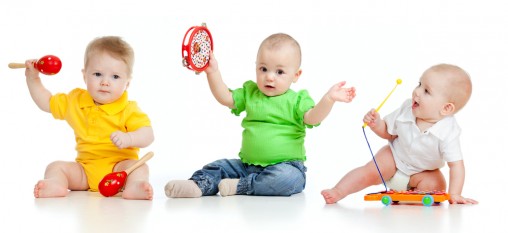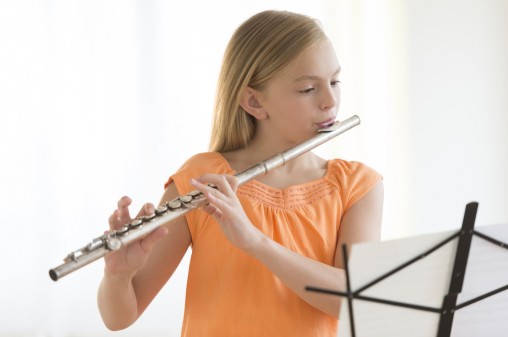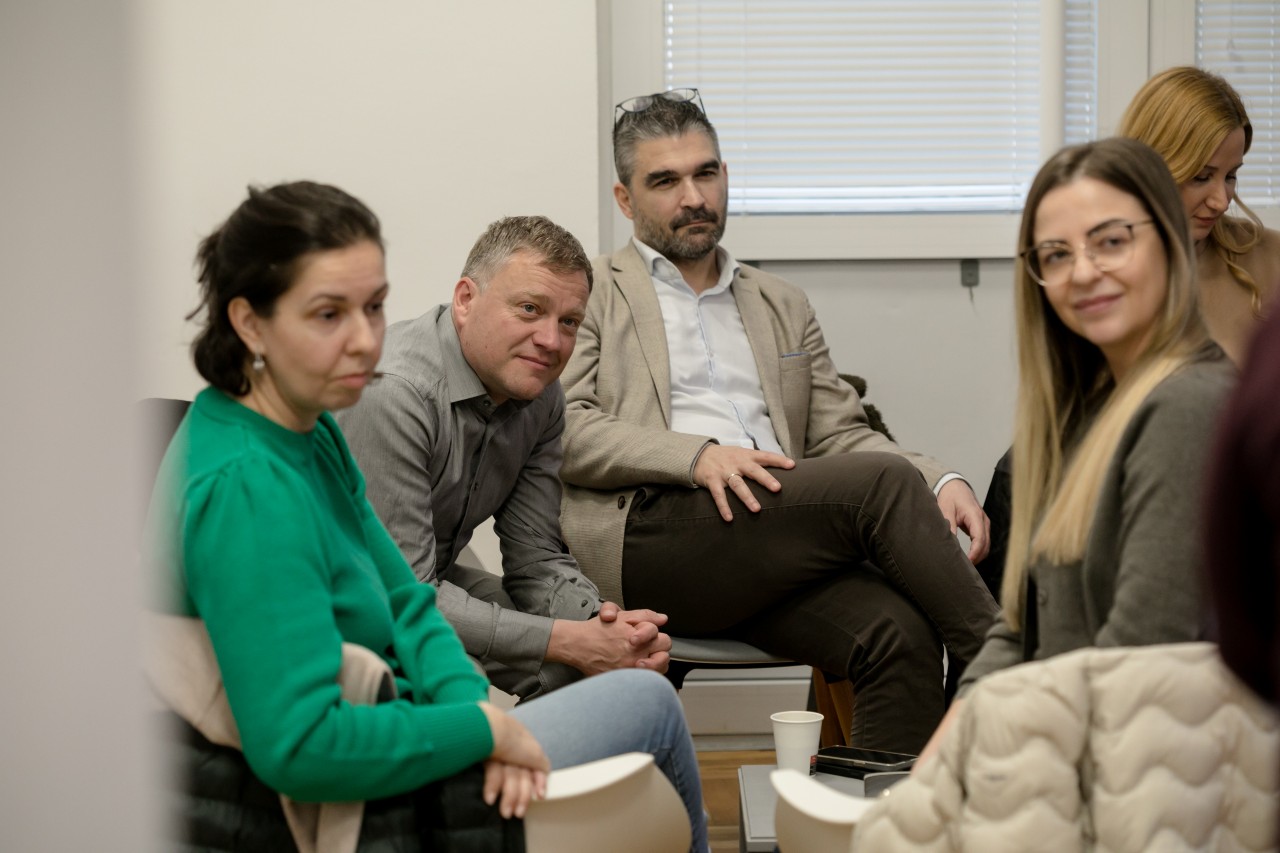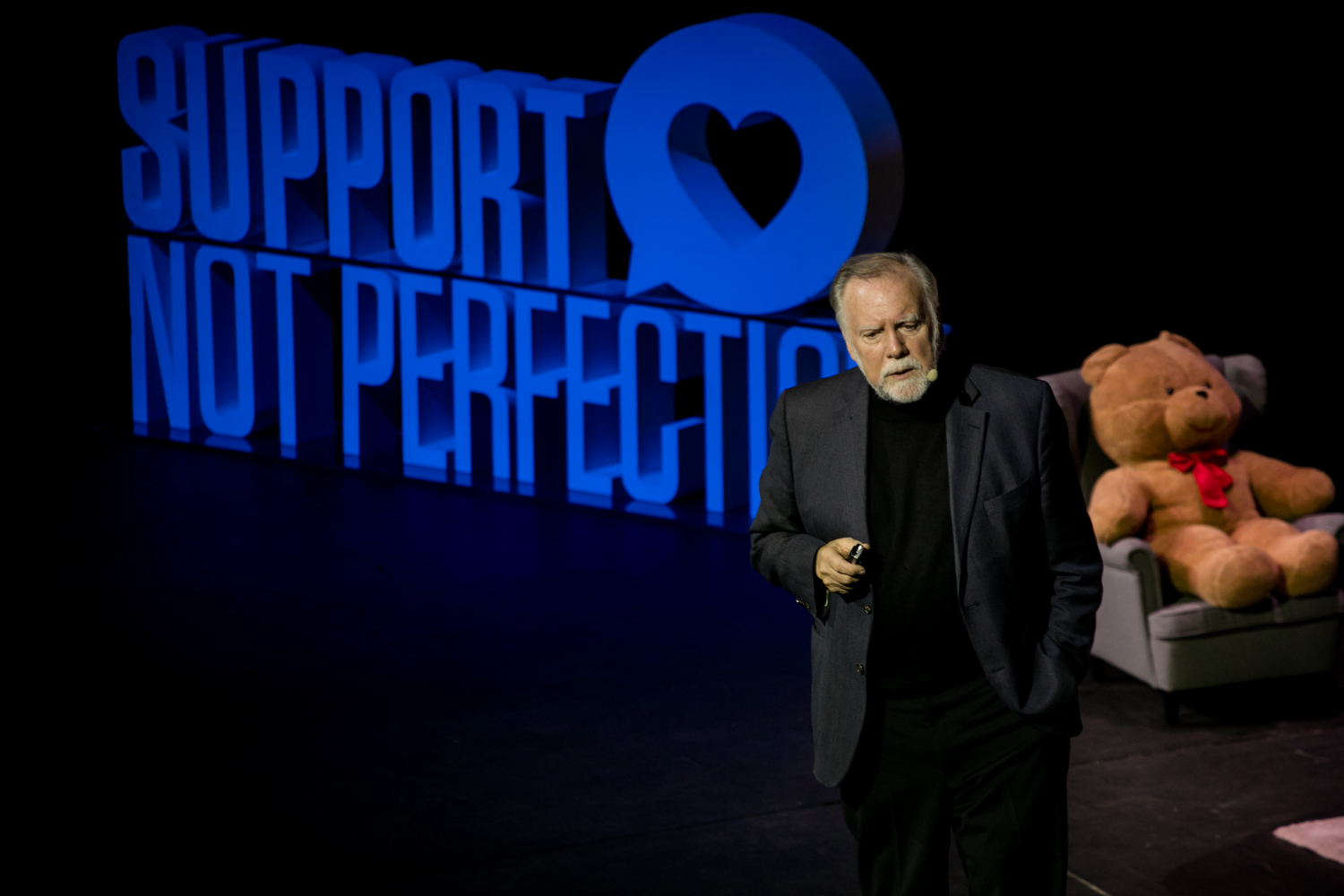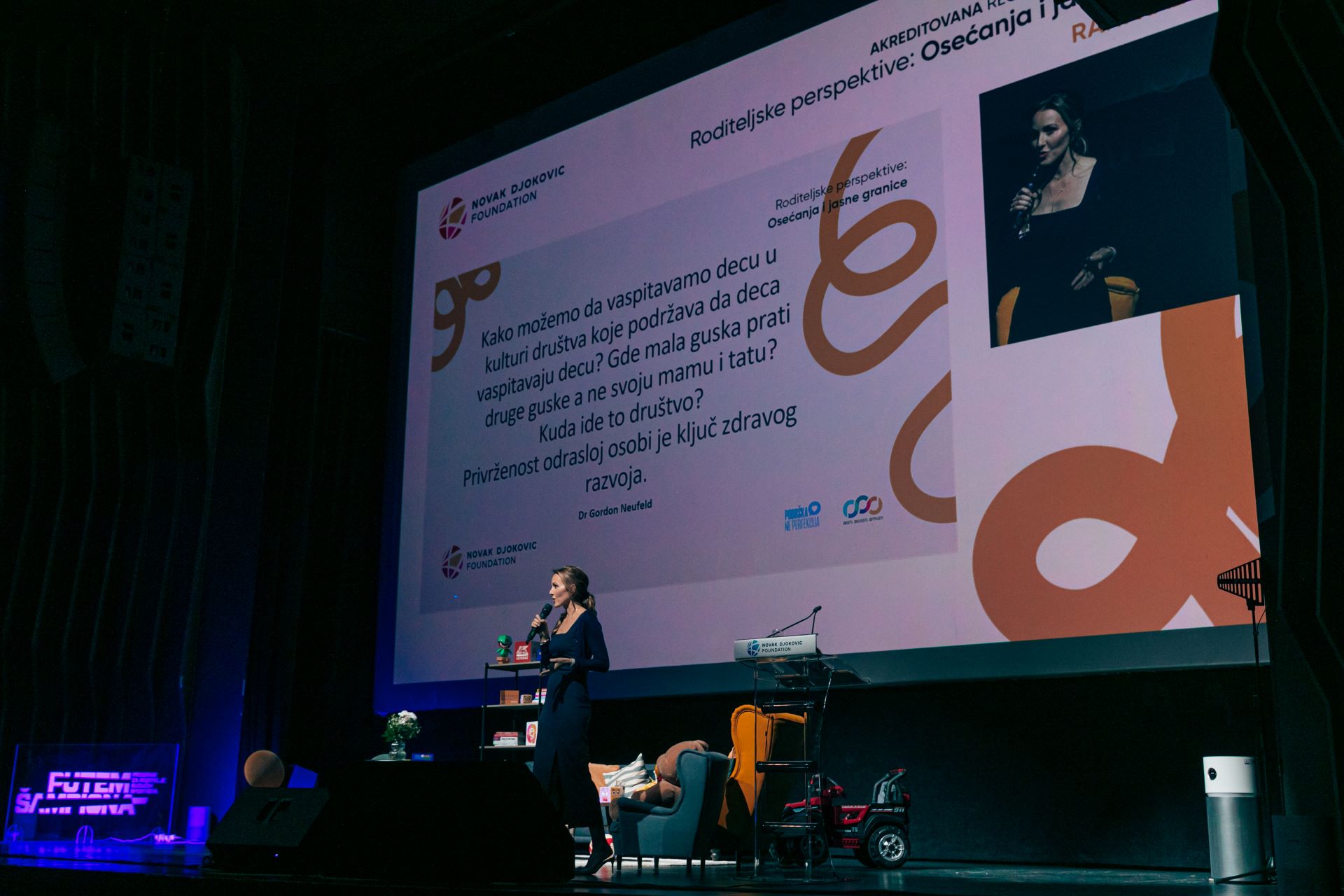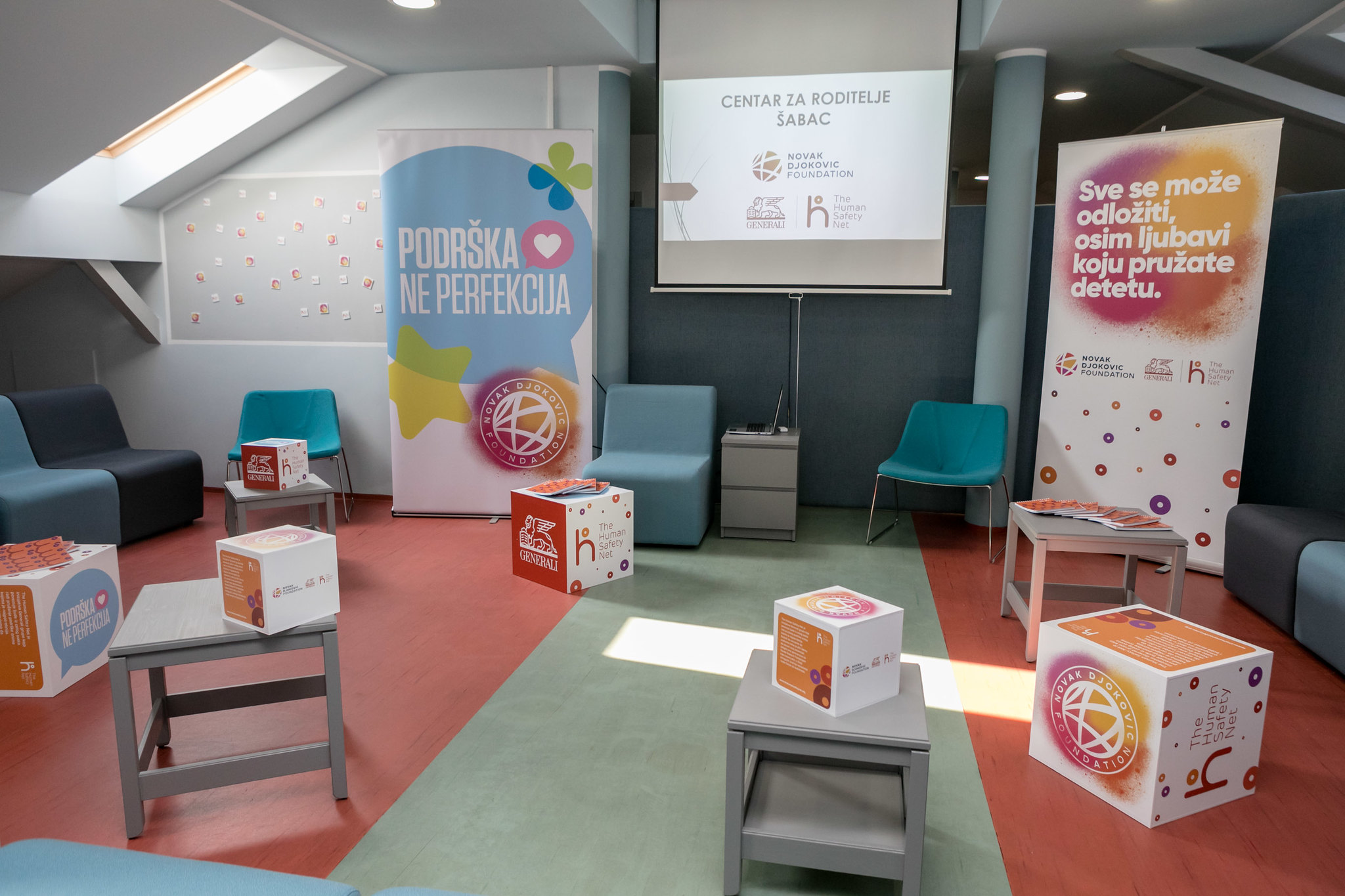It is essential for children to be introduced to classical music, in a carefully examined and appropriate way, since it’s highly beneficial for their development.
Generations of kids grow up watching cartoons that use classical music. They often don’t know the pieces by name and who wrote them, but they have heard them through the antics of animated animals on Saturday morning cartoons on TV countless times. While every child may not develop into a musical master, every child does have the potential to benefit from classical music – and benefits are numerous, especially regarding child development. Thus it is essential for children to be introduced to classical music, but in a carefully examined and appropriate way.
Recent studies show that making music can make your child 30 times nicer, more willing to help, and better at problem solving than his peers who don’t play it.
What occurs in our brain under the influence of classical music?
When you listen to music, multiple areas of your brain are lighting up at once as they process the sound, take it apart to understand elements like melody and rhythm and then put it all back together into unified musical experience. And our brains do all this work in a split second between when we first hear the music and when our foot starts to tap along.
But, the little backyard fireworks that transpire in the brain of the music listener is only the warm up for what is really happening in the brain of the musician. Although on the outside, musicians may look calm and focussed, reading music and making the precise and practised movements required, starts up the party in their brains. Simultaneous processing of different information happens in intricate, inter-related and astonishingly fast sequences. Playing a musical instrument engages practically every area of the brain at once, especially the visual, auditory and motor cortices. And as with any other workout, disciplined, structured practice in playing music strengthens those brain functions allowing us to apply that strength to other activities.
The most obvious difference between listening to music and playing it is that the latter requires fine motor skills which are controlled in both hemispheres of the brain. It combines the linguistic and mathematical precision for which the left hemisphere is responsible, with the novel and creative content that the right hemisphere excels in. For these reasons, playing music has been found to increase the volume and activity in the brain’s corpus callosum -the bridge between the two hemispheres- allowing messages to get across the brain faster and through more diverse routes. This allows musicians to solve problems more effectively and creatively.
Early musical training helps develop brain areas involved in language and reasoning. There is also a causal link between music and spatial intelligence or the ability to perceive the world accurately and to form mental pictures of things. Therefore, use music to teach children something new. Link familiar songs with some activities, for example, play „The Nutcracker“ while you make the cake together with your kids.
In music, a mistake is a mistake: the instrument is in tune or not, the notes are well played or not. It is only by much hard work that a successful performance is possible. Through music study, students learn the value of sustained effort to achieve excellence and the concrete rewards of hard work. Music study develops skills that are necessary in the workplace while music performance teaches young people to conquer fear and to take risks.
It has been scientifically proved what parents have suspected for centuries – that lullabies really do help children feel better by lowering heart rates and reducing their perception of pain. So tonight put your baby to sleep with soft relaxing music of Mozart!
Next time you talk with your kids about the sea and the underwater world, add some music to your story – play them „The Aquarium – Carnival of the Animals“ by Camille Saint-Saëns. If they like it and want more, let them listen „Hens and Roosters“, „Royal March of the Lion“, „Kangaroos“, „The Elephant“… Tell them that they can even hear how different spring, summer, fall and winter sound on a violin. And tell them about Vivaldi, the famous composer who wrote „The Four Seasons“ 300 years ago.

